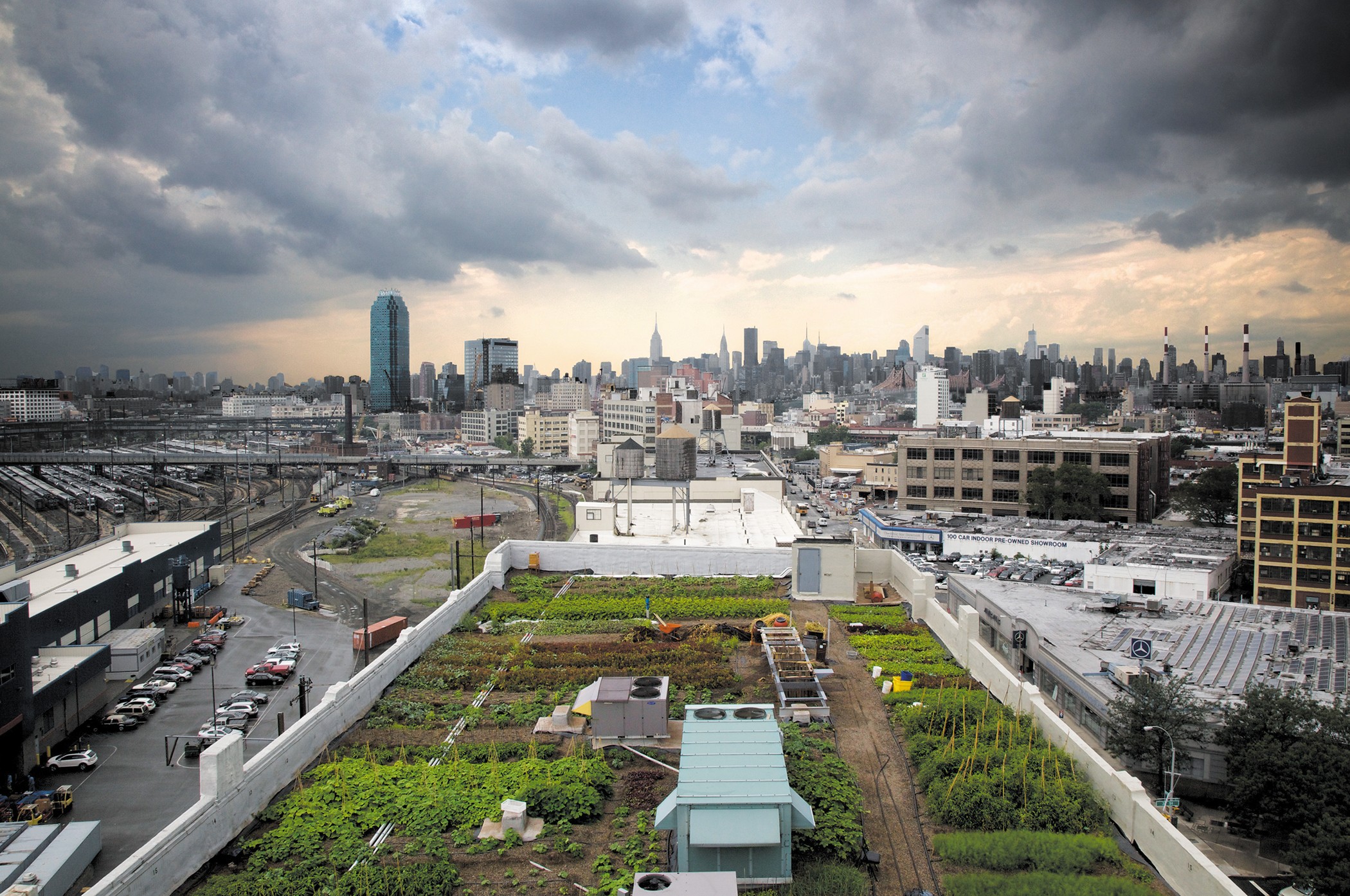The Single Strategy To Use For City Blooming
Table of ContentsOur City Blooming DiariesThe City Blooming IdeasWhat Does City Blooming Do?More About City BloomingThe Ultimate Guide To City Blooming

Actually, as you walk the streets of the Bronx, Southside Chicago or East Oakland, you might see have actually also seen big plots of ripening fruits and veggies being gathered. Nonetheless, exactly what are metropolitan ranches and community gardens? Are they different? If so, exactly how? And extra significantly, exactly how can you support them? Urban agriculture, metropolitan farming, or metropolitan gardening is the practice of cultivating, processing and dispersing food in or around metropolitan locations.
Usually, metropolitan farming as a technique is a larger financial investment than gardening. There are plenty of more hours spent right into the minutiae of farming, from the plant plan to the tending of your beds. This moment dedication tackles an entire brand-new meaning once you realize the objective that is being functioned towards and committed, namely that of gaining an abundant return of plants to be eaten.
An area garden is a single item of land gardened collectively by a team of people. Area gardens utilize either specific or shared stories on exclusive or public land while creating fruit, veggies, and/or plants grown for their appealing appearance. The standard design below is that a huge team of people each contribute a fairly percentage of time to functioning their own story, and obtain the fruits of their labor consequently.
How City Blooming can Save You Time, Stress, and Money.

, and neighborhood organizations by assisting them develop and expand their very own yards. The differences in between neighborhood yard and metropolitan farm are nuanced, though in the end the exact same basic task takes placefood plant growing yet within different organizational frameworks - indoor plants.
Urban ranches are usually much more company and modern technology oriented, with the main objective of maximizing yields and marketing produce. Industrial city farms are often focused on increasing manufacturing on usually small land area with innovations in technologies such as aquaculture, hydroponics, and greenhouses and might companion with a commercial kitchen area to create locally-produced value-added products such as jams and sauces.
The 8-Second Trick For City Blooming
The fruit and vegetables is normally grown on a much smaller scale and is taken home to eat at home or to share. By supplying much required eco-friendly areas in penniless, concrete urban locations, they allow for the benefits of yard horticulture to those lacking backyards, and function as superb instances of self-organization web and community advocacy.
Some neighborhood gardens, typically in metropolitan locations, move into expanding for business use while some urban farms open up their land for more socially conscious advantages. Regardless of just how you define and differentiate the two, they are both positive pressures for good in cities around America and the world.
As every one of Small Axe Peppers' warm sauces are sourced with peppers from neighborhood gardens, your acquisitions directly assist money these regional projects (https://www.awwwards.com/cityblooming/). Take part in the transformation by.
A good friend of mine just recently commented in a conversation concerning gardening that "It's fascinating, I have actually always thought that farming as a practice is rather like gardening. There are comparable elements to both don't you assume?" To the nonprofessional that comment from my good friend would have do without much thought, it appears practical so why not take it therefore? As I invested more and more time in my Urban Agriculture class I've come to recognize that to claim that gardening is a tiny extension of farming would be a bit of stretch.
Getting My City Blooming To Work
They both focus on the treatment of plants for some goal that can be nutrition, profit or just the pleasure of the craft. Additionally they both need a financial investment on top of a time financial investment, something that a lot of individuals in our fast paced life do not have a great deal of - urban gardening.
We can see that the similarities are abundant, but are the distinctions sufficient to produce a difference? As a pupil at NYU I have the chance to deal with the leave It Better Foundation, a group that shows standard nutrition and horticulture to secondary school trainees. http://peterjackson.mee.nu/where_i_work#c2252. This experience gave me a comprehensive venture into the world of amateur horticulture beyond what many people have actually touched with
Farming as a practice is a larger investment than gardening. There are countless a lot more hours spent right into the minutiae of farming, from the plant strategy to the often tending of your beds.
The average gardener tackles his tasks as a duty instead of a requirement and therefore distinguishes his or herself from the farmer. With this distinction in hand, they are both relaxing and stress-free workouts that anybody can pick up, which by itself should be an advertisement for both.
The 2-Minute Rule for City Blooming
Something went wrong - sustainable gardening. Wait a moment and attempt once again Attempt once more